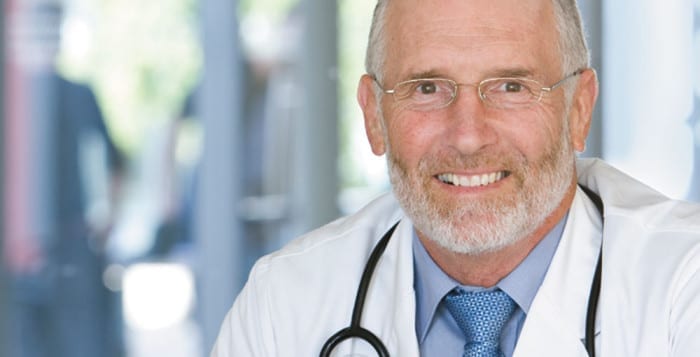Hospitals across the North Shore and the country have been adapting to an entirely new set of medical codes over the last two months, completely changing the system in which a patient’s diagnosis is detailed.
As of October, all hospitals across the United States switched to the ICD-10 system, which allows for more than 14,000 different codes and permits the tracking of many new diagnoses. ICD-10, an international medical classification system by the World Health Organization, requires more specificity than the previous code system. Doctors at North Shore facilities said they agreed that although it’s time-consuming and has slowed productivity, it is more beneficial to patients in the end.
Dr. Michael Grosso, chairman of medicine at Huntington Hospital said these new codes should help make it easier for symptoms of various diseases to be tracked.
According to Gross, preparation for the new code started two years ago with a required education program for all physicians that described what all the new codes meant.
“Physicians are being called upon to provide more specificity and detail,” Grosso said in a phone interview. He described the codes as a “vast extension” to what the hospital was previously using and said it should “improve the quality of medical records and increase the amount of information that researchers can obtain and make for the best care for patients.”
Grosso also said that understanding and learning the codes was an important first step, but ongoing feedback on how the codes are being adopted is equally important. A feedback program has been created at each hospital.

John Ruth, director of revenue integrity and interim chief compliance officer at Stony Brook University Hospital, said Stony Brook used outside resource companies with online courses to teach the new code to their physicians and coding staff.
Ruth said that a new code system was necessary, as the previous system, ICD-9, was created by WHO in the 1970s. He called ICD-10 a natural progression.
“There are a lot more codes for specific organ systems, muscles, muscle tendons and nerves than were required with ICD-9,” he said in a phone interview.
Ruth also said that ICD-9 was mostly comprised of three- and four-digit codes, and ICD-10 is up to seven digits in length, which makes the new coding more challenging but more valuable.
“If a patient has PTSD, we can assign a code from where he got it from, not just that he has it, which is important for planning his future and ongoing care,” Ruth said.
Stacie Colonna, associate director of inpatient coding at Stony Brook University Hospital, said there has been approximately a 30 percent decrease in staff productivity with the changeover to ICD-10 and a shortage of trained staff.
“I get 10 questions a day just from internal staff,” Colonna said. But she also noted that staff frequently asked daily questions about the old system as well. She said she expects productivity to improve in the near future.
At John T. Mather Memorial Hospital in Port Jefferson, Chief Medical Information Officer Dr. Joseph Ng said the staff went through web training, too. One-on-one training was also available if a clinician requested it.
Ng agreed specificity is both the pro and con of ICD-10. “Because it’s so specific, it really allows clinicians to hone in on what’s really going on with patients and be able to communicate better with one another,” Ng said in an email. “But because it’s so specific, sometimes it’s hard to find the right code, especially when it comes to procedures. The codes are not all inclusive.”
Looking forward, Grosso said the new system had a lot to offer for hospitals across the country because of the amount of information people could potentially learn from it.
“A number of private and government parties will benefit from the ability to look at more detailed hospital data,” Grosso said.














